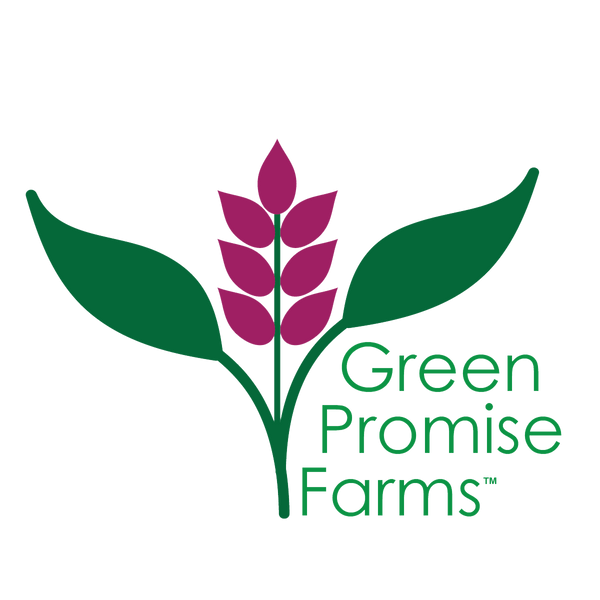Transforming your backyard into a wildlife habitat not only allows you to enjoy the beauty of nature but also promotes healthy populations of the beneficial birds, bugs, and other creatures we all rely on.
You can change the world by creating your own wildlife sanctuary with American Beauties Native Plants®, and you can do it on any budget. Here’s how in this blog from American Beauties Native Plants®!
Plant These Wildlife-Friendly Plants
No matter how big or small, every living thing depends on four primary things; food, water, shelter, and somewhere to nest.
To promote healthy biodiversity in your yard, native plants are the key. From the coasts of Washington or the tropics of Southern Florida, all regions have their own populations of native plants that have already been meeting the needs of the local wildlife for centuries!
Planting native perennials, shrubs, and trees in your yard is the absolute best thing you can do to serve the living things in your region. These cultivars are excellent choices for bringing life to your garden.
1. Butterfly Milkweed

Butterfly Weed is a caterpillar food source for Monarchs and a nectar source for adult Monarchs and other butterflies, and their mere presence in the landscape guarantees landscape color other than flowers. Even the birds love this plant for its seed fluff that provides nesting material!
This drought-tolerant American Beauties gem also flowers differently, with umbels of small orange flowers that emerge in mid-July and continue into August.
2. Running Tapestry Foamflower

This aggressively growing ground cover brings a beautiful, refined look to a shaded or partially shaded area. The heart-shaped foliage forms a dense carpet that gives rise to numerous flower stalks that carry profuse, small, white blooms above the plant from late April into June.
These flowers are an abundant nectar source for beneficial native bees and insects while providing instant light to a landscape's darker spots. Plant 'Running Tapestry' in groups and enjoy the foliage and flower show.
3. Ruby Star Coneflower

Outstanding bloom and seed production make this and other Coneflowers a pollinator magnet! This selection boasts daisy-like deep pink flowers with greenish center cones shaded orange, producing a season of color from June through August.
Native pollinators and butterflies love this plant, and it is essential for any native, pollinator-friendly garden. Native songbirds love the seed from spent flowers and use dried stems for nesting.
4. Little Joe Pye Weed

If you are looking for a butterfly magnet to add fluttering color to your home landscape, you have to grow 'Little Joe'. Like its bigger brother 'Gateway', 'Little Joe' is a July-through-September flowering machine with big domes of flower buds at the top of each of its multiple stems packed with deep green foliage. These buds open to lavender-pink, long-lasting blossoms.
Word will get out into the butterfly world, and you'll be amazed at the colorful creatures lining up to get a chance at this plant's sweet nectar. 'Little Joe' is easy to grow, thrives in moist areas or around ponds, is spectacular in groups, and is more tolerant of partial shade than 'Gateway.’ It's an indispensable American Beauties Native Plant®!
5. Trumpet Vine

Trumpet Vine is one of the best plants in the landscape for attracting hummingbirds while also providing a food source for a variety of native bees and insects. Even better, its thick growth provides an essential nesting area for a big cross-section of our native songbirds, bringing color and life to your landscape even when it is out of flower.
It’s easy to grow and one of the most rewarding plants you can have on your landscape. It may take a while to bloom, but once it does, you'll marvel at its abundance of reddish-orange flowers throughout the summer and the wildlife they attract.
More Ideas for a Backyard Wildlife Habitat
Native plants are a great start, but there are other features you can incorporate into your yard to set your backyard friends up for life!
- Birdbaths provide a fresh, clean water source for visiting birds. Choose a model with some texture around the bowl to help birds and squirrels keep their grip, and clean it regularly to prevent the spread of disease.
- Leafcutter bee houses look like a box of drinking straws, but they’re actually a perfect nesting ground for this highly valuable, non-aggressive pollinator!
- Birdhouses and nesting boxes can add some extra shelter to a yard with few trees or shrubs, but make sure to choose designs made from natural, unpainted materials.
Water features, like ponds and waterfalls, are also the crowning jewel of a backyard wildlife habitat! These features make water accessible for species like frogs, damselflies, dragonflies, deer, rabbits, and so many more.
Certify Your Wildlife Garden
Did you know you can actually designate your property as a certified wildlife habitat? The National Wildlife Federation allows anyone to have their landscape certified, provided it meets a few key criteria. Your yard qualifies if you have:
- At least three different food sources
- A source of water, like a birdbath or backyard pond
- A place to take cover and nest, from a simple pile of brush to a cluster of evergreen shrubs
- A commitment to sustainable practices
If you have each one of these things, you can visit the NWF website to certify your wildlife sanctuary in minutes. It’s a fun, easy way to “bee the change!”
If this list inspires you to start planting more wildlife-friendly plants, keep in mind that there are hundreds of other species to explore that can benefit the critters in your yard! Shop all plants in our American Beauties Native Plants® Collection here.

